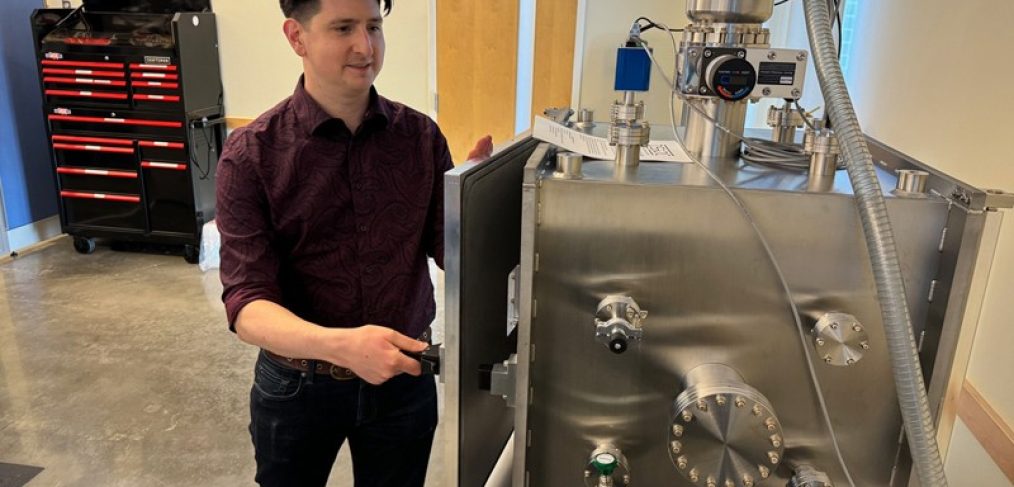
Delaware Space Grant Consortium Funds CubeSat Mission
NASA selects UD’s CubeSat spacecraft for upcoming mission
Students pursue higher education with worthwhile goals in mind. They want to learn from experts, explore more of the world, earn a degree, find a good job and contribute to a better future.
It’s safe to say that not many expect to lead a NASA-supported mission during their undergraduate studies. But at least a dozen University of Delaware students will have done that by the time they collect their diplomas in the next few years.
All are part of a team creating Delaware’s first orbital spacecraft, which was selected by NASA for launch in 2026 as part of its CubeSat Launch Initiative. The NASA program, which started in 2011, aims to give students an opportunity to be part of real missions and gain extraordinary experience in what it takes to do space research.
CubeSats are small, modular, inexpensive satellites that carry experiments for science investigations and/or technology demonstrations. About 160 CubeSats have been launched in the NASA program over the years, many deployed from the International Space Station (ISS).
Delaware’s mission — the Delaware Atmospheric Plasma Probe Experiment (DAPPEr) — will launch its CubeSat spacecraft from the ISS and orbit independently through Earth’s upper atmosphere.
Author Credit: Beth Miller
Image Credit: Photos by David Barczak
Original Post Date: April 17, 2024

